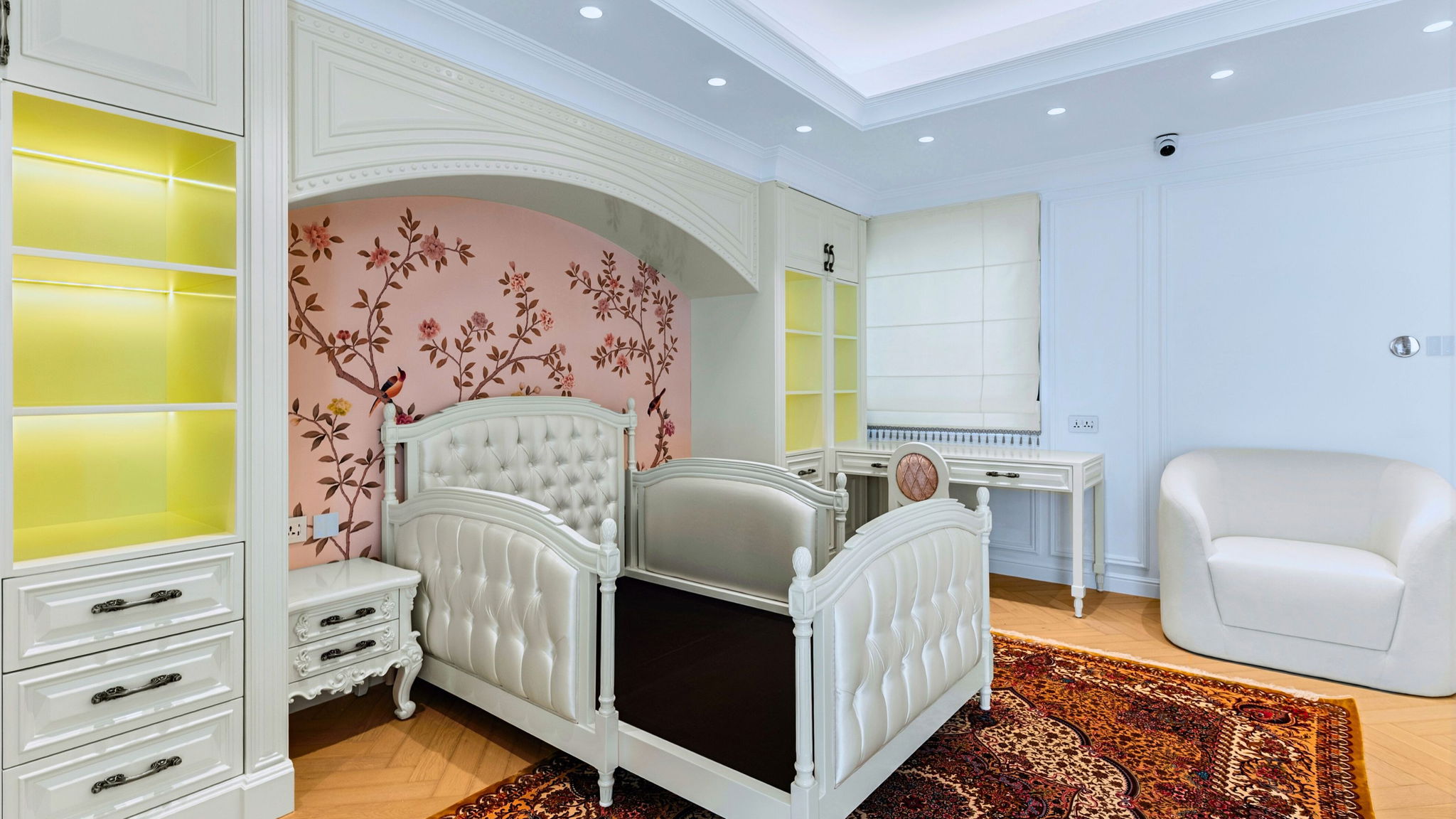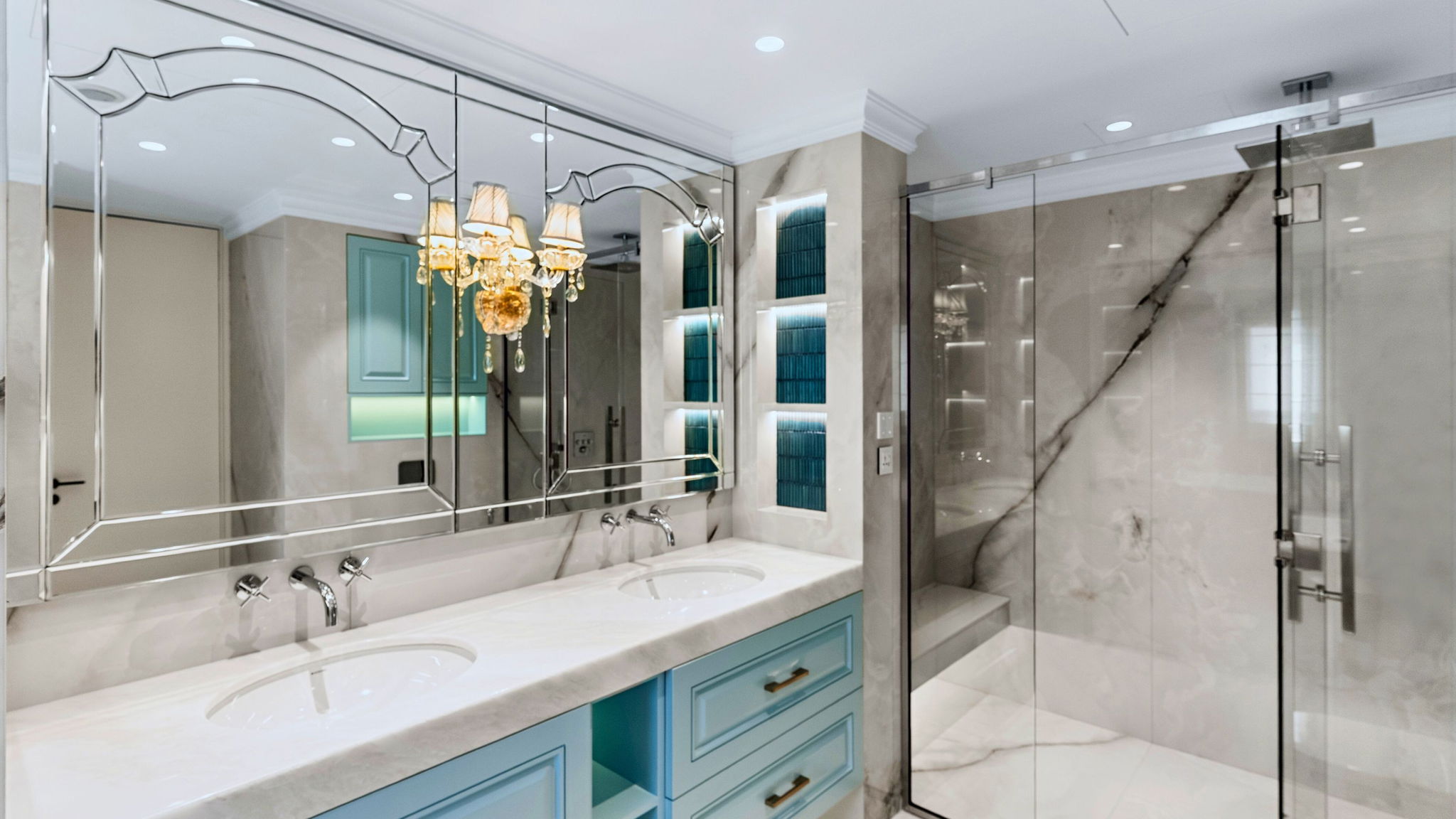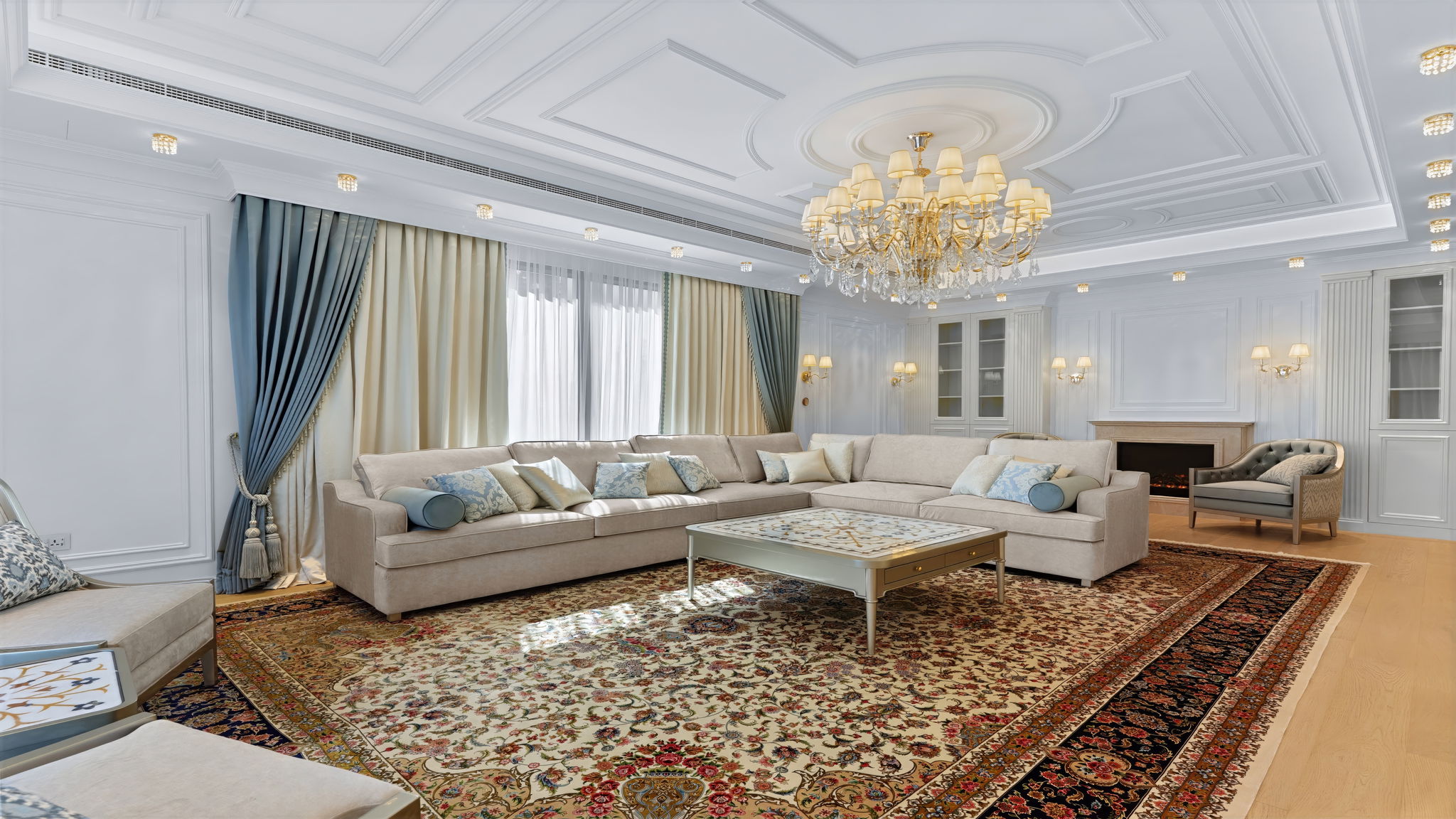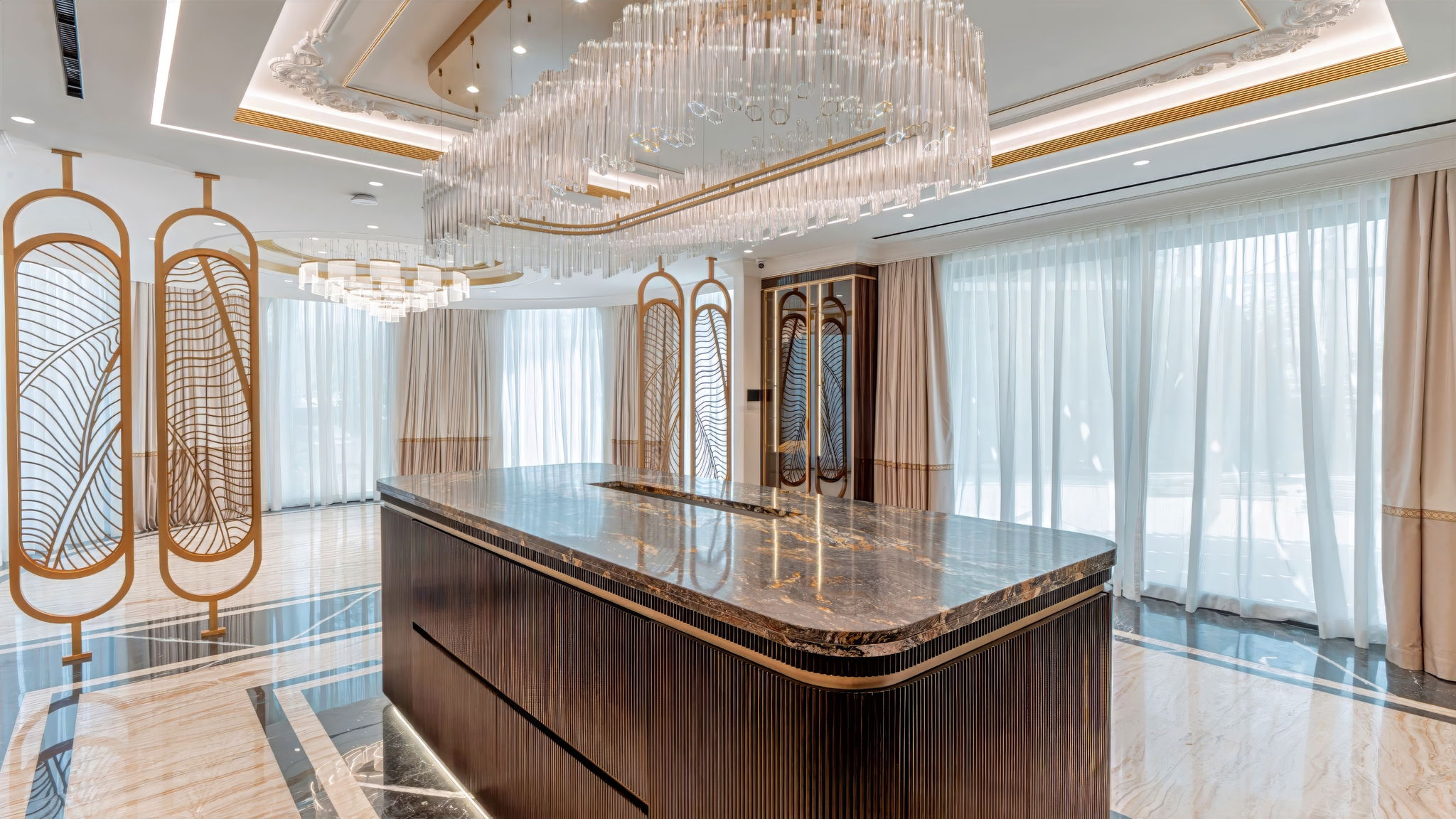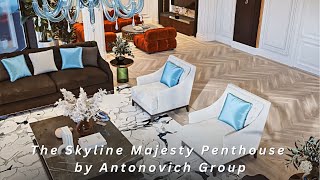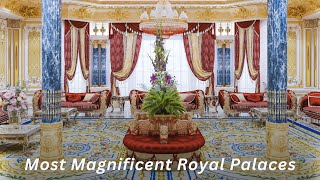
Apartment Renovation in The Palm Jumeirah
CONTEMPORARY LUXURY INTERIOR RENOVATION
If you enjoy the idea of a neutral apartment but worry that using blacks, whites, grays, and beiges to design your room would make it look too boring, reconsider. Coastal, Parisian, mid-century modern, you name it—neutral living rooms may represent a variety of styles and look really great! Continue reading and take a look at these rooms that have nailed neutral designs if you're having trouble decorating your neutral living room. Are you prepared to change the interior of your luxury living room or paint the walls of your living room a new color? You might be curious about how neutral hues are used in high-end home design. These colors are far from being lifeless. Numerous advantages might result from picking a neutral color choice for your home. The fact that fabrics and accessories serve as the blank canvas for your color palette allows you to play around with bolder, more vibrant hues. On the other hand, using lighter neutrals may make your space look more open, well-organized, and roomy. Deeper or more subdued neutrals may give a room a comfortable but contemporary feel. Since they are peaceful and fresh and aid in helping buyers perceive the possibilities, neutral colors are also frequently used while promoting real estate.
In the context of luxury interior design in Dubai, the absence of color is seen as neutral. Beige, ivory, taupe, black, gray, and other white tones are examples of neutral colors without overtones. When choosing paint colors or complementing colours, keep these undertones in mind. For instance, greige, a popular and more contemporary neutral, is beige with a pink, brown, gold, or gray undertone. White can have an ivory-like, golden, blue, or peach appearance. Neutrals may be utilized in interior design Dubai in one of two ways: either as the color that spotlights dramatic highlights or as a gentle, neutral-only style. If you want an all-neutral look, layer various tones of the same color for a smooth, harmonized result. Everything composed of wood, brick, or stone (such as flooring, trim, beams, fireplace surrounds, and window frames) may make warm statements in the room thanks to this type of layered color scheme. Here are some suggestions for selecting neutral hues: To choose complementing hues, use the paint chip color families as a guide. Select a lighter shade for the walls and a richer color for the upholstery. To highlight the furniture, pick an area rug whose hue matches the wood flooring but is just a touch darker than the walls. The ideal carpet should have a deeper color than the walls. Select furniture that include some or all of the colors you utilized to create a unified space.
Start with neutral walls in this design, just like in the room that is entirely neutral. Depending on the complementary colors you want to employ, how much natural light the space gets, and if you want brighter or darker walls, choose the neutral. Keep in mind that, especially if there is limited natural light, rooms with darker walls tend to feel smaller and more enclosed. Consequently, if your room is spacious and well-lit, you may think through all of your possibilities. It would definitely be preferable to use a light neutral if it is little and on the dark side. Decide if you like a warm or cool tone of white if you like gray.
More projects
We will call you back!
Enter your contact details and our manager will contact you.








































